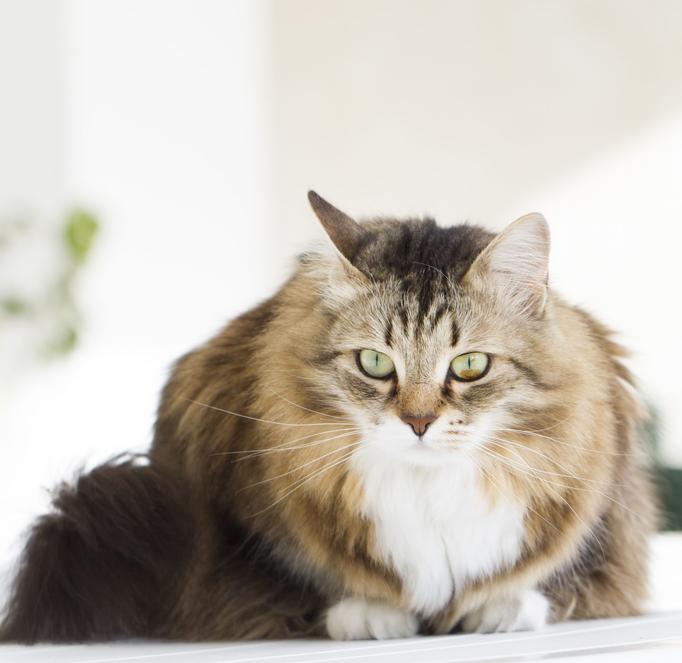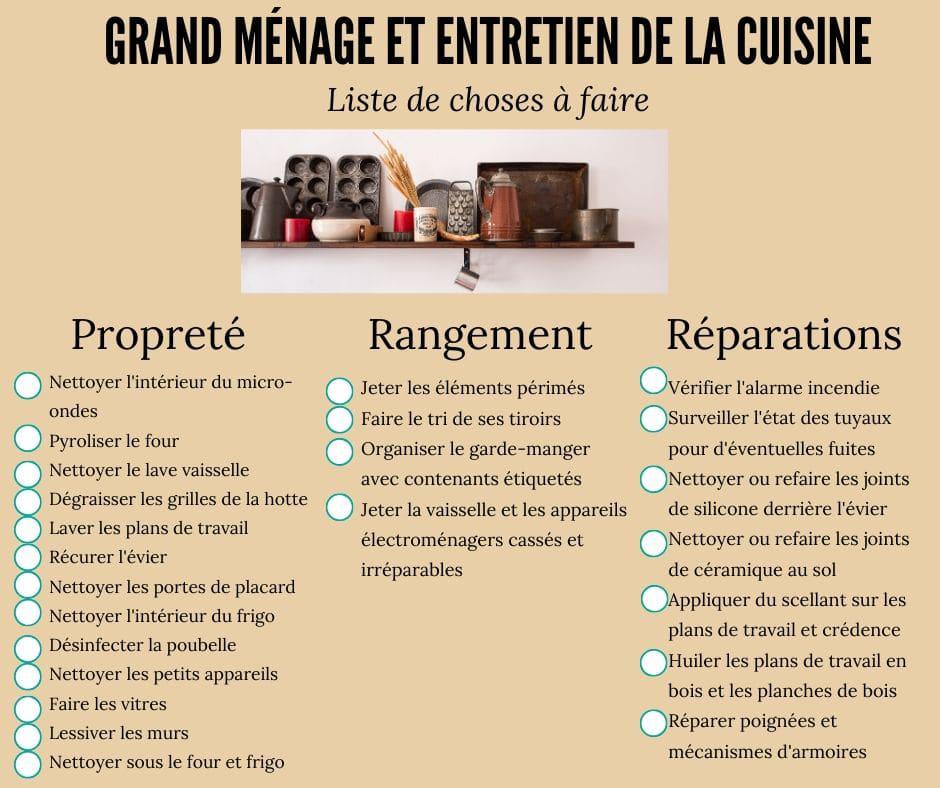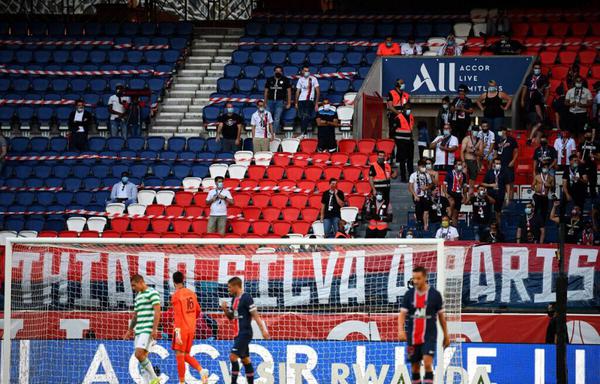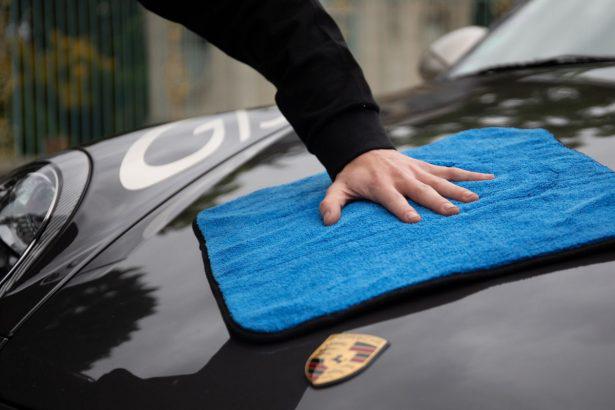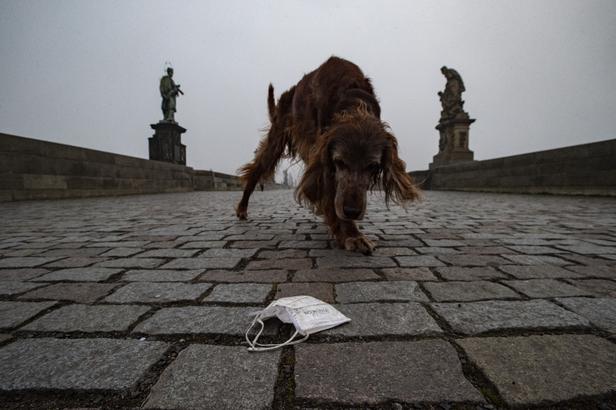It is an established fact today, cattle fear the heat more than the cold. However, other climatic variables come into play, such as:
– temperature and humidity, expressed through the THI (temperature Humidity Index). If the cow does not like too high temperatures, the humidity level must not be high in the building either;
– wind speed and radiation, whether inside buildings or in grassland. A high air speed at the level of the cows must make it possible to cool the animals by convection. In addition, it is necessary to be able to provide them with shade and reduce the impact of solar radiation on them.
For Bertrand Fagoo, the THI is a well-known index which was already adapted for dairy cows a few decades ago and which has been revised with the increase in dairy cow production. From 68 of THI, the cow already enters heat stress. “This index corresponds to a temperature of 22ºC with 50% relative humidity, a threshold that is frequently encountered. And the more it increases, the more severe, even extreme, the stress can be.
The consequences of this stress are numerous! The first: the drop in milk production, which is often linked to a drop in intake. Other impacts are felt, on the composition of the milk in particular: the levels as well as the modification of the profile of the fatty acids of the milk. The impact on pregnant cows and newborns should not be overlooked. Stress also causes metabolic problems, fatigue. The animals will tend to stay upright to take advantage of the air speeds, which will cause fatigue and lameness behind... And do not try to inseminate an individual in hot weather.
Acting to limit the impact of heat stress: action plan
There are many considerations to be made before intervening on the building.
A prerequisite: aim for top comfort!
Before starting this action plan, it is important that the comfort within the livestock buildings is optimal all year round, but even more so in the event of high temperatures! Heat stroke on cows that are already tired can have serious consequences. The level of comfort is therefore clearly an aspect to be investigated. For the speaker, this means: sufficient living areas, no overloaded building, a sufficient number of places at the trough, well-sized and well-adjusted cubicles. “This is an aspect where there are clearly areas for improvement in many farms!
1. Watering
Watering is often the poor relation. “In audits or during the construction of new buildings, we realize that waterers are generally the last equipment purchased and often their number is insufficient for the size of the herd. in summer, water needs can double to reach 150l/cow/day. »
According to BoviWell, a diagnostic tool for animal welfare in cattle breeding, the minimum is 6 cm of drinker/cow. However, in the summer period, it is necessary to go beyond with additional bins, i.e. a target of 10 cm per cow. To prevent animals from blocking traffic, accessibility is also important: 3.6m clearance in addition to the water trough. Note that the height of the water (minimum 7cm), the height of the drinkers (70 to 75 cm), the quality of the water (clean, palatable) and the flow rates in relation to the water reserves (15-20 l/min) are also important
2. Power Management
For Bertrand Fagoo, food preservation is another crucial point. During the summer, the feed must be able to remain fresh and palatable for the milkmaids.
From the point of view of the palatability of the ration: the speaker evokes the concepts related to their conservation: daily progress, orientation of the silos... "It would be preferable to have small carry-over silos for the summer with northeast attack fronts rather than large silos facing south and whose silo removal is relatively slow. »
The rhythm of distribution must also be adapted: rather in the evening in very hot weather. “The reason: once the cow ruminates, heat production only occurs a few hours later. The idea is therefore to avoid that its period of maximum heat production coincides with the time slot of high heat of the day. »
Trough room: some concepts claim that since feed is distributed ad libitum, trough room can be reduced. However, in high temperatures, cows in barns revert to herd and collective behavior in times of stress. One place in the trough per animal is therefore necessary.
Finally, we won't teach you anything by saying that once the fodder is distributed, it is better to keep it in the shade, at the risk of seeing the dairy cows' food consumption decrease.
3. Shade in the meadows
According to the speaker, a cow in full sun will feel (in very hot weather) 10 to 14ºC more than a cow in the shade in a building or under well-landscaped trees on a plot. It goes without saying that shade is necessary for all animals, whether they are dairy cows, dry cows or heifers. Rethinking the organization of your plot is therefore sometimes necessary to provide shade for your animals. In the absence of shade in the meadow, it is better to keep the producers in the barn during hot afternoons.
4. Reduce direct and indirect sunlight
“Until today, the buildings have been designed to protect the animals from atmospheric conditions in winter and to provide enough light through the roof. So we have very bright buildings with light from above. With the measures taken, many adaptations must be made to reduce this radiation (direct and indirect) inside the barns before thinking about the natural ventilation of the building.
To measure this radiation, a black globe thermometer is used. It absorbs the heat around it, either direct or indirect. The tool shows that in certain areas of the building, the perceived temperature is much higher than the ambient temperature.
The management of this radiation therefore involves managing the openings to prevent the sun from entering the building directly. Direct radiation can be avoided while renewing the stale air of the building by closing the exposed openings according to the path of the sun, opening at night. On the south, south west and west sides, he thinks of adopting the overhangs of the roof.
For Bertrand Fagoo, there are reflexes to have in order to design a building adapted both to winter and to periods of high heat. As said above, it is necessary to favor natural lighting while avoiding illuminants on the roof which bring radiation inside the buildings. It is therefore better to diffuse lighting by enhancing the sides, the gables, the gaps between buildings... not exposed to the sun. And maybe tomorrow, new products will bring light without radiation.
Roof insulation can be interesting on low-volume buildings. Old buildings whose roofs with translucent are very low, facing south have a greater impact on the animal than in buildings with a relatively high roof and cross ventilation. Insulation can then be interesting and can only be confined to this south, south-west or west slope. It can then make the black globe gain 0 to 2ºC in temperature.
Reducing masonry heights prevents the walls from storing heat to release it at the start of the night and preventing air circulation in the lower part. “Today, we recommend going for buildings with very low walls (60cm) with a lateral contribution of light throughout the year. The cow can thus have good air speeds as low as possible.
5. Improve natural ventilation and the atmosphere within the building
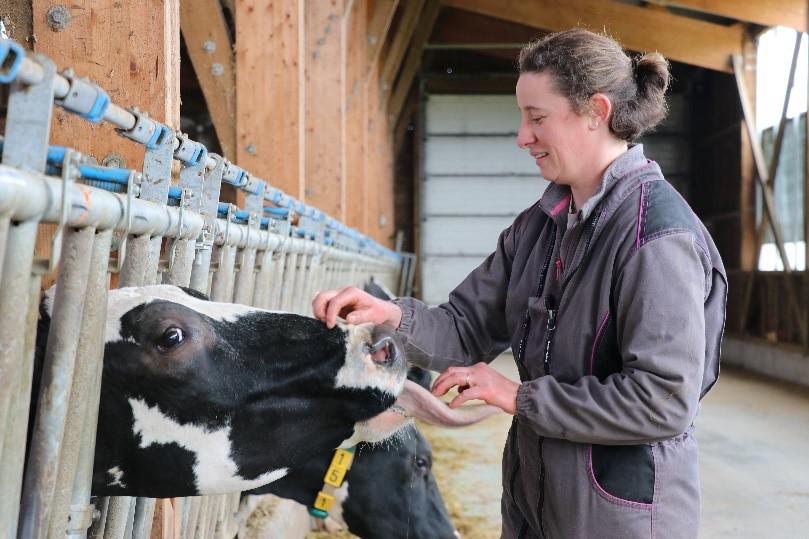
Of course, it is important to be able to control the humidity in the building: through good natural ventilation (opening of the buildings), quality of the floors (easy to clean), appropriate cleaning frequency, and of course dry litter.
To take advantage of natural ventilation and its two effects (wind and chimney), it is absolutely necessary to aim in buildings for cross ventilation and to benefit from air speeds
The extensions or installation of annexes must be well thought out so as not to penalize the ventilation of the dairy building. The speaker: “The more “things” we add to the long section, the more ventilation, both winter and summer, will be penalized. Especially if you want air inlets in the lower part. It is always better to lengthen than widen a building as long as the site allows it. In dairy production, buildings are often adapted to the existing ones. This is why the breeder must try to reason as well as possible, with building shifts in particular.
There are a range of solutions to provide air speeds without additional heat. Mr. Fagoo mentions the openings: "There are different kinds, such as the installation of curtains, but it is possible to go for simpler things such as dismantling the cladding in the lower part of the north and east facades, the installation of shutters…”
If the breeder must improve the comfort of the milkmaids, he must also rethink certain production areas, and in particular the milking block. “On many farms, the waiting area is the first place of discomfort. They are often fairly low buildings with little ventilation and connected to the milkmaids' building. Today, it is clear that animals are sometimes blocked for 1h30 simply because the milking parlor is undersized... The waiting area can be a place of suffering when the cows are on top of each other and that the ventilation is almost zero. When we are in a process of rethinking ventilation, it would make sense to start with the waiting area: insulate the roofs, have a renewal of air there…”
The housing of the dry animals is also to be taken into account. “When animals undergo heat stress during their dry period, impacts are felt on the calf: earlier birth, weaker animal, it “grows” less and produces less during the next three lactations. Studies show that a heifer born to a dry cow that has had heat stress will be culled earlier. »
Calves also need shade. “We measured the comfort of the animals in the outdoor kennels. There is also something to do there! If it is a good concept for the winter, it is necessary to pay attention to it in summer because the radiation is important there. There are obviously different qualities of kennel, but the breeder should always try to have ventilation at the level of these boxes and to place them as much as possible in the shade. Measurements with the black globe thermometer of niches exposed to full sun showed that for an outside temperature of 23.5ºC, the ambient temperature inside the niche was 25.3ºC and that the temperature felt (black globe) there was 29.7ºC. »
Mechanical ventilation, misting, showering
“Once you have reviewed all the previous points, it may be worth investing in mechanical ventilation and/or misting showering. Be careful that this must always be done as a second intention and by reasoning the installations. If the breeder observes a drop in production that roughly follows the THI curve, it may be interesting to investigate what mechanical ventilation could bring. »
6. mechanical ventilation
For the speaker, mechanical ventilation makes it possible to bring air speeds to the level of the animal in periods of high heat and thus reduce the impact of heat stress. It can also improve air renewal in buildings where natural ventilation is lacking, which can also promote the drying of sleeping areas.
To reduce the temperature felt by the air speeds, the objective is to have 1m/s (the ideal is 2m/s) at the level of the flank of the animals to allow cooling at the level of the animal. Be careful that too high speeds (3m/s and +) cause discomfort for the animals, raise dust in the building...
Note that when you pass the step of said ventilation, measures must be taken to avoid accidents. Indeed, when you open a building, and add mechanical ventilation, the air flows created will dry out the floors. Once it crusts on the surface, the animals can slip off and that's where the problems arise.
Mistakes to avoid with mechanical ventilation:
– installation in a very radiant building: hot air circulation;
– installation in a building that is too closed: limitation of air renewal, circulation of stale air;
– choosing inefficient equipment;
– under-equipment of the building with preferential zones;
– bad placement of fans;
– wrong setting: inclination…;
– lack of verification of air speeds at start-up, to check efficiency;
- no maintenance.
In conventional milking, it is best to ventilate the waiting area first, then the sleeping areas and access to the trough, and finally the circulation corridors.
In robotic milking, it is necessary both to ventilate the three main areas for even air circulation and to facilitate the movement of animals in the barn. We then focus on the corridors.
Bertrand Fagoo points to older generation horizontal flow fans. “The measurements very clearly show a corridor effect. Too many areas remain uncovered. These fans have an action width limited to 2.5 m. They finally require a lot of energy, are noisy for little work. Today, you really have to bet on high-performance equipment. This is less noisy, more energy efficient, with a much larger "active" width, from 5 to 7 m by 9 to 15 m in length. »
There are other types of fans such as ceiling fans which have the advantage of moving a larger volume of air but at low speed from top to bottom. In the majority of the farms that are equipped with it, the researchers found that there was insufficient equipment to obtain 1 m/sec at the level of the animals.
7. Water to refresh animals
If the evaporation of water leads to a decrease in temperature, the use of water must be coupled with high air speeds at the risk of having humid atmospheres. And if the cow can suffer from an excess of temperature, it can also suffer from an excess of hygrometry. The more humid and warm the atmosphere, the more difficult it is for the cow to evacuate the heat… She will then pant more and more, flutter her flanks and enter into distress.
“Be careful about the water supply in the form of misting and showering! It is to be avoided in closed places. The use of water must complement mechanical ventilation. »
Note that misting is very tricky in wet areas. It consists of refreshing the environment of the animal. Showering can be done in the waiting area before milking, either at the trough. We first try to spray the rear of the cows, which will directly reduce the temperature perceived by the animal.
***
To go further, there are documents summarizing the results of the work of the “Livestock buildings of tomorrow” group which are available on cniel-infos.com (environment tab > climate change).
P-Y L.

